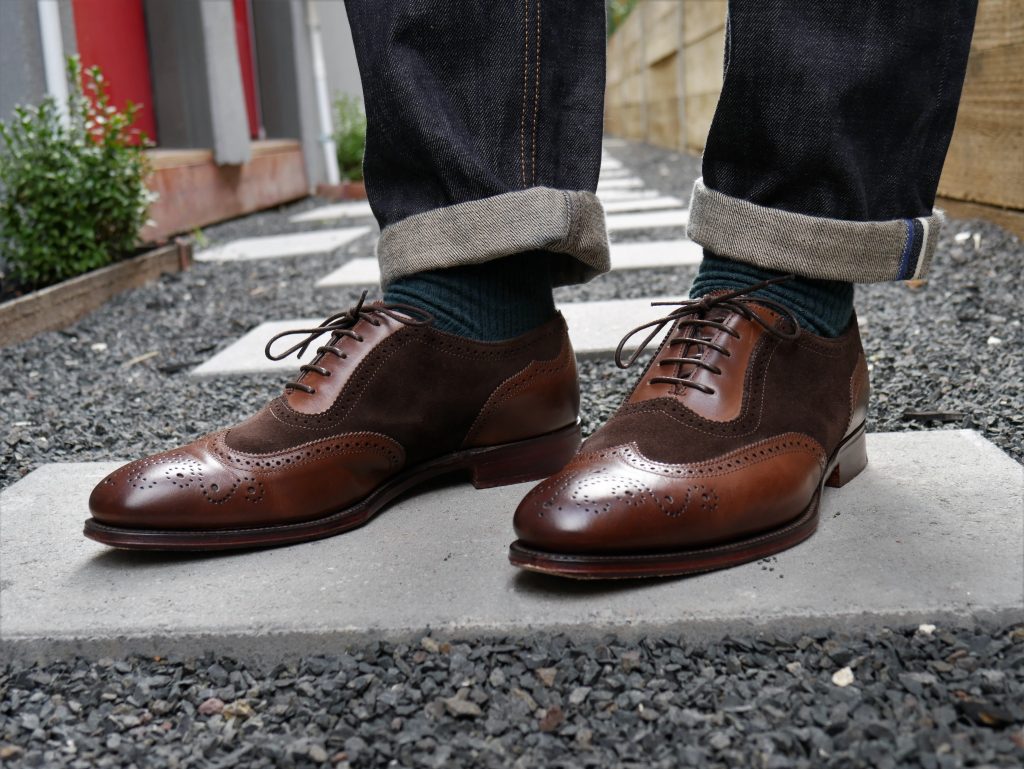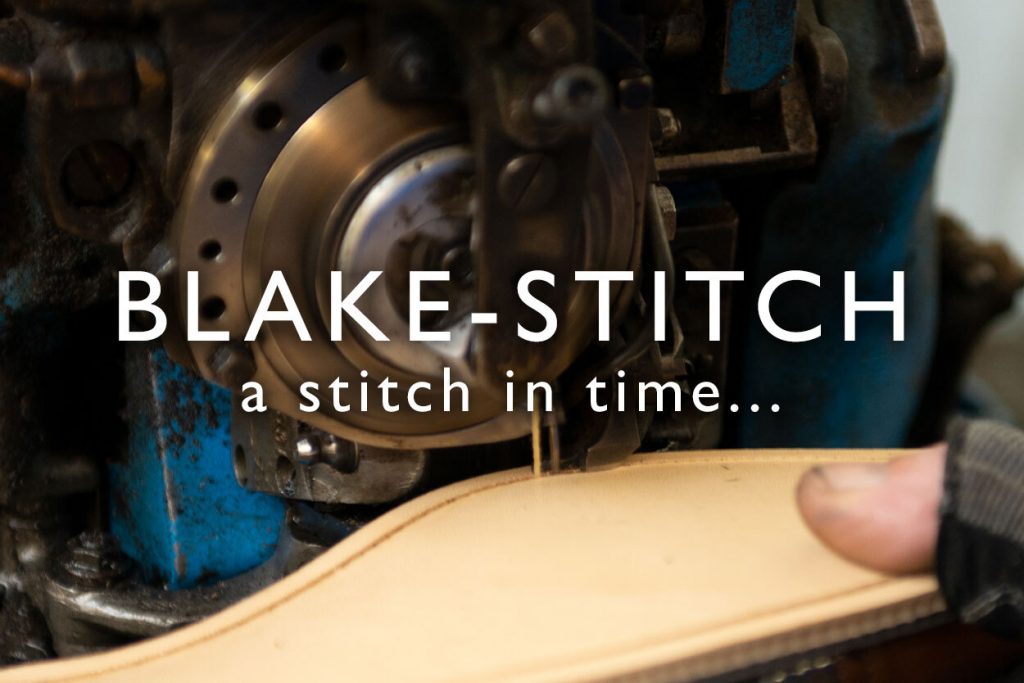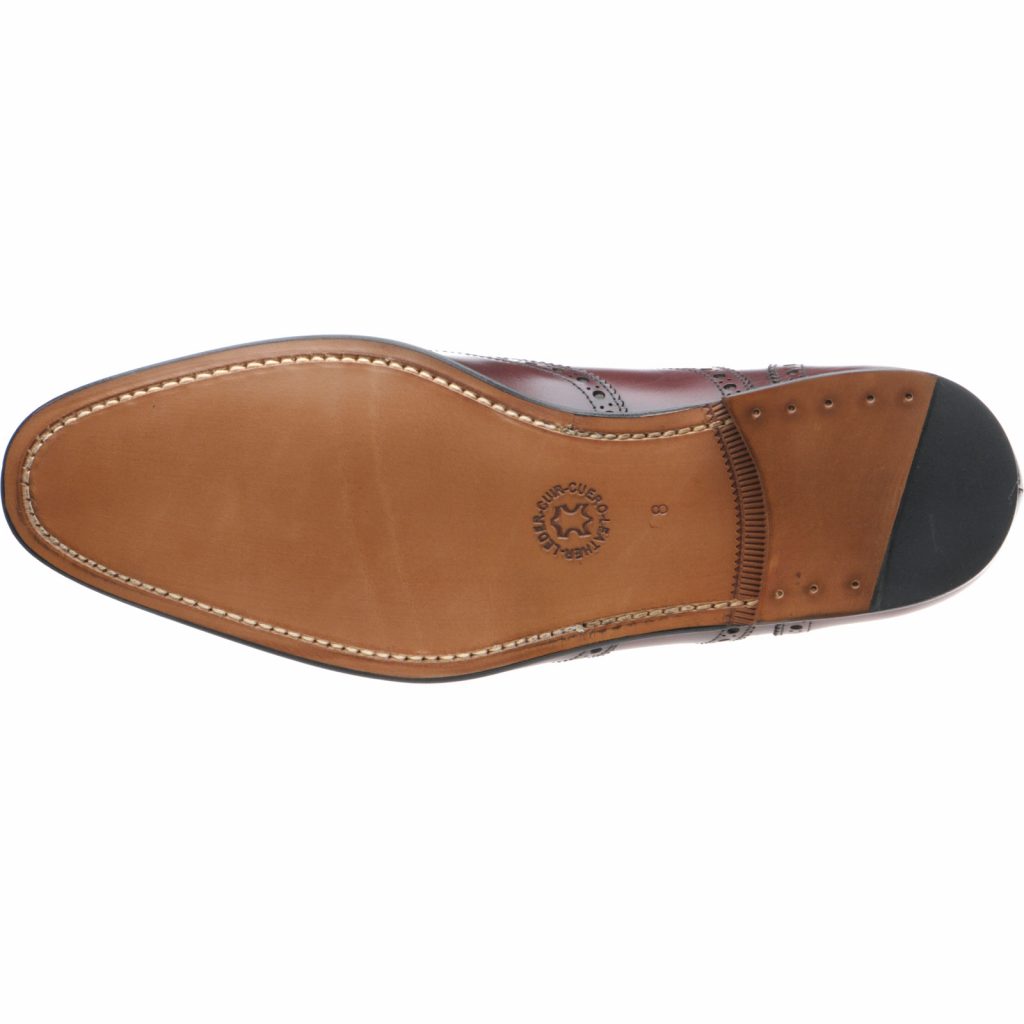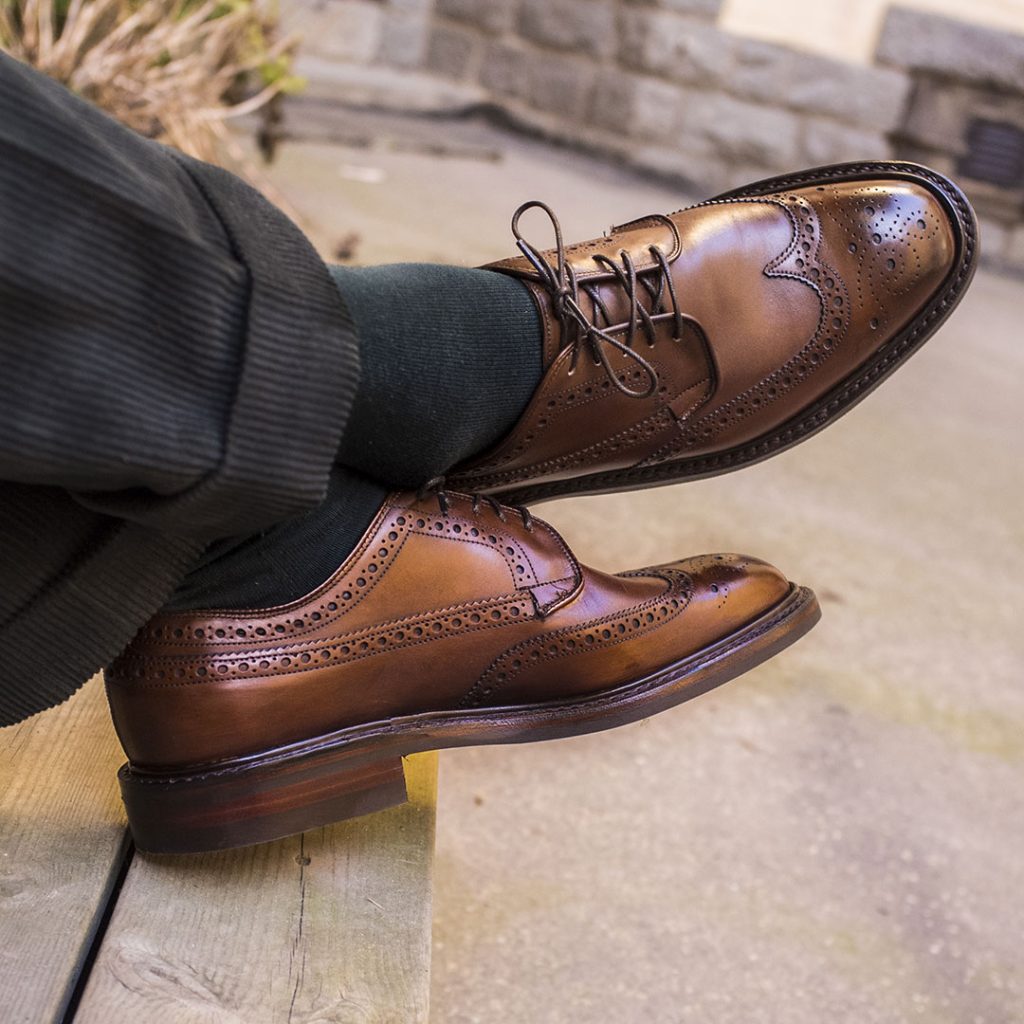The handmade brogue deserves attention. In the BBC’s recent adaption of Vikram Seth’s ‘A Suitable Boy’ (catch it on BBC iPlayer if you have not already), there are scenes that get the shoe nerd all excited. Yes, really!

Starting with the fact that Seth’s father was an executive at Bata Shoes and was known as Mr Shoe in Delhi, it is a handmade brogue that really does it for me. It is not the main thrust of the plot, but this shoe is key in determining the future of one of the lead characters.
Here is a brief synopsis that does not spoil the ending. In 1951, a young Hindu woman called Lata chooses between three men to be her husband.
One of these is Haresh Khanna, a spectator-wearing manager of a shoe factory. When he leaves his position on a matter of principle, Haresh approaches a European shoe factory and the owners set him a manual task after initially dismissing him for having soft thumbs. He is asked to “make a first-class pair of shoes” from the design pattern to the finished product. The shoes they choose are Blake-stitched brogues. The factory owners chose the most difficult design in their production line expecting Haresh to fail. He uses his so-called soft thumbs to produce a stunning pair of shoes that convinces the owners to take him on as foreman, while winning the respect of the shoemakers on the factory floor.

I appreciate you may not be as excited as me by these snippets from this six-part programme, but it does give a brief insight into the care and attention that is put into handmade shoes and why they are worth their higher price tag.
This highly-skilled process involves following a pattern to cut out the leather required, punching the brogue design, assembling and sewing the pieces together on the last, making leather stiffeners, heel building, and finishing, including waxing and polishing, before using the Blake stitching method to sew the sole onto the upper.
Invented in 1856 by Lyman Reed Blake, the Blake method now uses sewing machines to sew together all the layers. You would need tough thumbs indeed to achieve this by hand as seen in Herring’s range of Blake-stitched shoes and boots, including the Ilfracombe brogues, the Coleford rubber-soled boots and Barker’s Rugby two-tone rubber-soled Oxfords.
Haresh, though, went on to find success for his new employers by pushing a Goodyear welted line. Invented by Charles Goodyear Jr, a welted shoe sees a narrow strip of leather – the welt – sewn separately to the upper and the sole. This means that by simply slicing through the welt with a sharp knife, the sole can be cleanly detached from the upper, making repairs much easier.

Our Goodyear-welted brogues include the Henry II, the Burford rubber-soled style, the Chamberlain semi-brogues, the Thatcher brogue boots and the Henley two-tone, which Haresh would have been proud to be seen in!
A welt makes shoes infinitely more repairable, as worn soles can be removed and new ones sewn back onto the welt. You can repair a Blake shoe but not as often, as the upper is more likely to be damaged when the sole is removed.
Unsurprisingly, the repairability of these shoes is reflected in the price difference. A cemented shoe, where the sole is glued on, is cheaper than a Blake-stitched shoe and a Goodyear-welted shoe is more expensive again. The price of a shoe is determined by the material used, the craftmanship involved and the durability. Repairs were key in the post-war era as most people were still feeling the pinch of rationing and austerity.
At the end of the 20th century and the start of this one, consumers began to lean towards buying cheap for short-term gain. We are seeing that trend reverse now, as people have begun to recognise the negative effect it’s having on the environment with landfill sites overflowing with clothing and footwear that have only been worn a handful of times.

For shoe nerds like me, this BBC series very briefly shone the spotlight on the precious skill and workmanship that goes into handmade shoes, especially a brogue, and the different construction methods that are used…and why they are still relevant to the quality of shoes today.